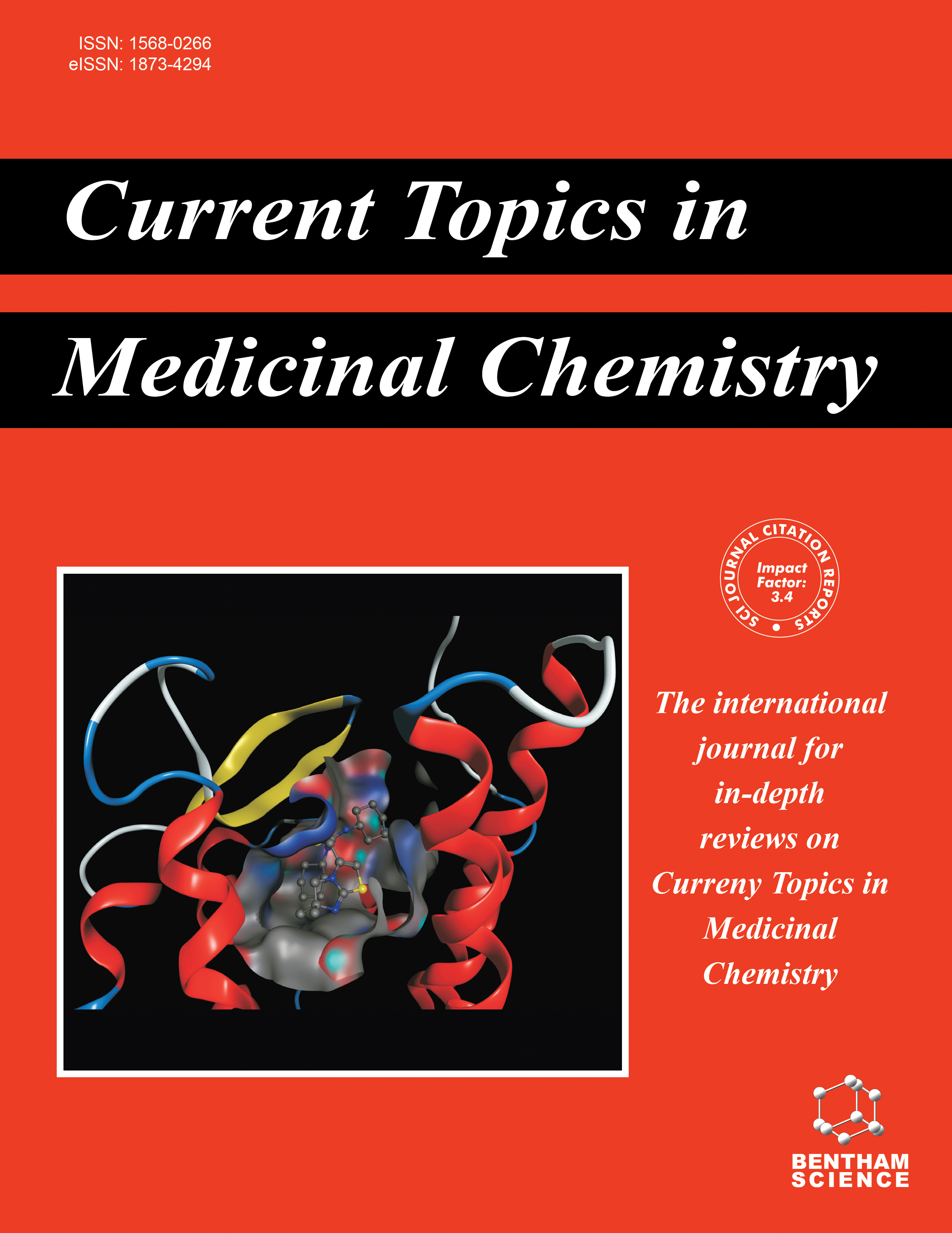
Full text loading...
Growth factors and their receptor tyrosine kinases play a central role in regulating vital cellular processes such as proliferation, differentiation, division, and cell survival, and they are closely associated with the development of various types of cancer, particularly in the context of angiogenesis. Although several small chemical compounds targeting tyrosine kinase receptors have been approved by the FDA for cancer treatment by inhibiting angiogenesis, there is still a need for more effective medications. in silico studies are now crucial tools for the design of new drugs, offering considerable advantages such as cost and time reduction. In this review, we examined recent in silico research carried out between 2022 and 2024, focusing on new drug candidates synthesized to fight cancer, in particular by targeting tyrosine kinase receptors involved in the process of angiogenesis.

Article metrics loading...

Full text loading...
References


Data & Media loading...
Supplements

